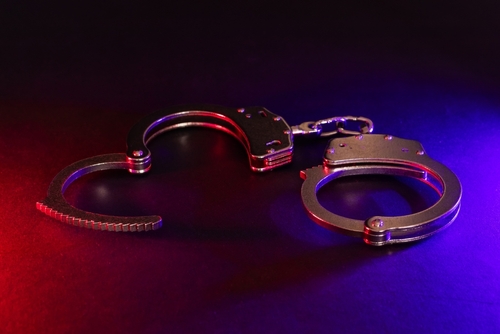Three teenagers in Spokane, Washington, have been charged with felony vandalism after allegedly leaving scooter skid marks on a newly painted Pride mural at an intersection. The incident occurred on June 5, prompting a swift response from local authorities and sparking a debate over the severity of the charges.
According to the Spokane Police Department, the teens were seen riding Lime scooters and causing damage to the Pride flag-painted crosswalk. Witnesses reported that one of the suspects also yelled obscenities before fleeing the scene. The mural had recently been repainted following a previous act of vandalism in mid-May, where individuals dumped a liquid on it and set it on fire.
The teenagers have been charged with first-degree malicious mischief, a class-B felony in Washington State. This charge carries significant penalties, including the potential for up to 10 years in prison and a $20,000 fine. The classification of the act as a felony has drawn criticism from some quarters, with opponents arguing that the punishment is disproportionate to the crime.
Local news outlets have reported mixed reactions from the community. While some view the vandalism as a hate crime against the LGBTQ+ community, others see the response as an overreach by law enforcement. The Pride mural, intended to symbolize unity and inclusivity, has become a focal point for these tensions.
This incident follows a pattern of similar vandalism cases across the country. In another recent case in Delray Beach, Florida, a teenager faced felony charges for leaving tire burnout marks on a Pride intersection. The teen, Dylan Brewer, was charged with felony mischief and reckless driving, highlighting the legal risks associated with such acts of vandalism.
The Spokane case has sparked a broader conversation about the use of public streets for social and political symbols. Critics argue that painting murals on roadways invites damage and controversy, while supporters believe these murals are essential for visibility and support of marginalized communities.
The arrests come during Pride Month, a time of increased visibility and advocacy for LGBTQ+ rights. The heightened emotions and political stakes surrounding these issues contribute to the contentious atmosphere in which these incidents occur.
As the legal proceedings unfold, the case will likely continue to garner attention and debate over the appropriate balance between protecting public art and addressing acts of vandalism. The outcome may set a precedent for how similar cases are handled in the future.

